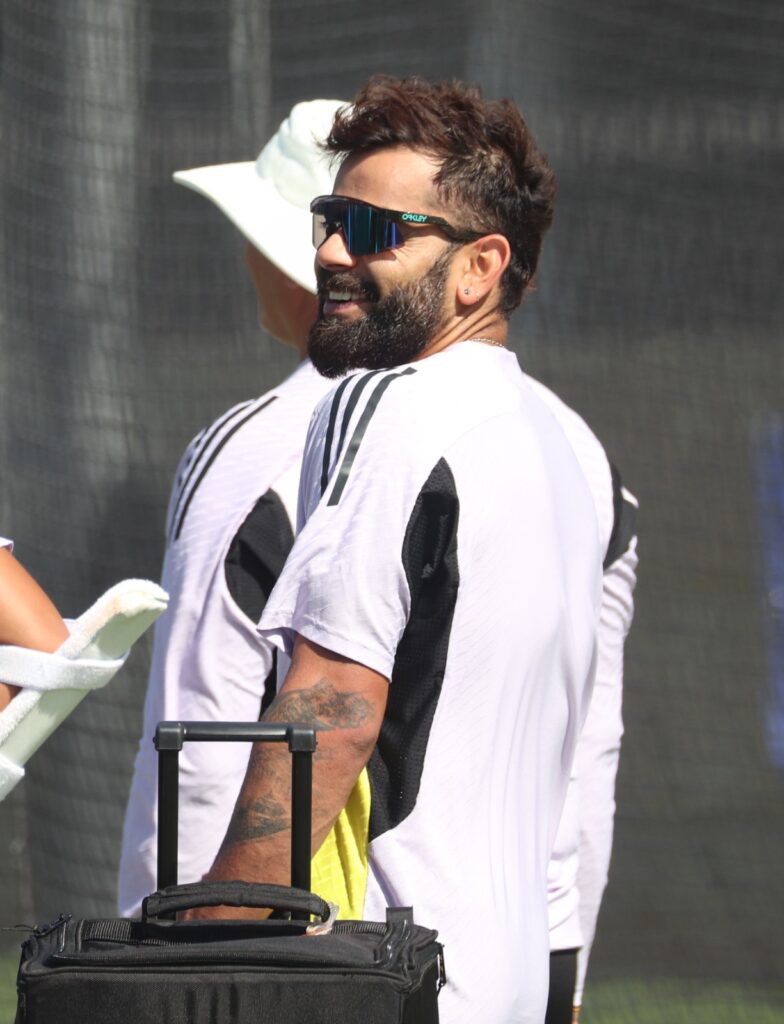
It was October 2002 and I was a PhD student at Oxford University working on the history of Indian cricket, when I got a call from an auctioneer in London. He had helped me with material and sounded very excited on the phone. “Come and see what I have found,” he said. When I met him the next day, I was in disbelief. I was actually holding in my hand a letter from Douglas Jardine addressed to Duleepsinhji, which said that Jardine had finally figured out a way to stop Donald Bradman and he wanted to discuss it with his premier batsman. On a meagre student stipend, the letter was beyond me. But we do know what Jardine meant. He had worked out his plan of unleashing Harold Larwood against Bradman, a strategy that would bring his average to a mortal 56 in the series later christened Bodyline.
If Jardine had Larwood, India has Jasprit Bumrah and Australia Pat Cummins and Mitchell Starc. Men who run in rather languidly to fling the red cherry at real pace, towards gladiators standing on the other side of the 22-yard strip. Watching Steve Smith battle it out against Bumrah in Perth could be one of the most exhilarating displays of cricket in recent times. And that’s where Test cricket pips every other format. In ODI cricket, Bumrah is constrained by the need to restrict runs. In a close game, a top edge can prove to be decisive. Not so in Test cricket. Even if a top edge goes for six in Test cricket, it is the bowler who emerges the moral victor. He knows the batsman wasn’t in control and he may well have the last laugh in the duel. A batsman can’t just play out a spell like in white-ball cricket and breathe easy. He will be under scrutiny as long as the opposition captain wants him to be.

Fast bowlers bowling at real pace has always been one of the most enduring highlights of Test cricket. And to face them with extreme skill is what makes a batsman the stuff of legend. Sunil Gavaskar playing Malcolm Marshall with a skull cap and standing up to him in the Caribbean is his enduring legacy. More than his 10,000 Test runs, first and foremost it was his ability to play fast bowling and his ability to overcome fear that makes him a standout cricketer of his time. The very same can be said of Smith and Virat Kohli. To face people like Bumrah or Starc isn’t easy. Can never be. Just the thought of facing a 150 kmph ball which could actually end your life is scary. Deep down, that’s what this sport is all about.
In all the serenity of the whites and the lush green surroundings, and a very prim and proper fan base, it is a sport which is deeply violent and physical. In that split second between delivering a ball and facing up to it, there is nothing gentlemanly. Rather, it is the most primitive and raw form of combat. There is one winner and it is a no-holds-barred contest. With people waiting behind to catch the edge, the batsman is always under pressure. The slightest sign of discomfort will be pounced upon and taken note of. Bowling coaches watching closely will instantly send a message exposing the weakness. The bowler will push till the penny drops, for that’s what the sport tells him to do.
For the next two months, we will witness high-quality Test cricket. A rivalry like no other, and the umpires have called play.
Also Read: India v Australia: Celebrating 77 years of a unique cricketing rivalry



